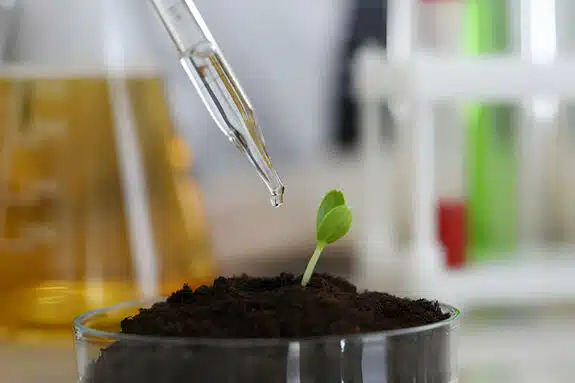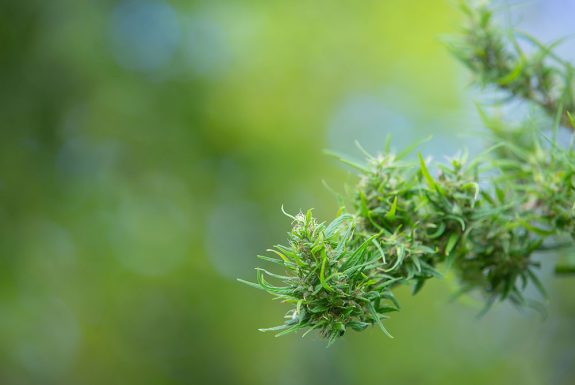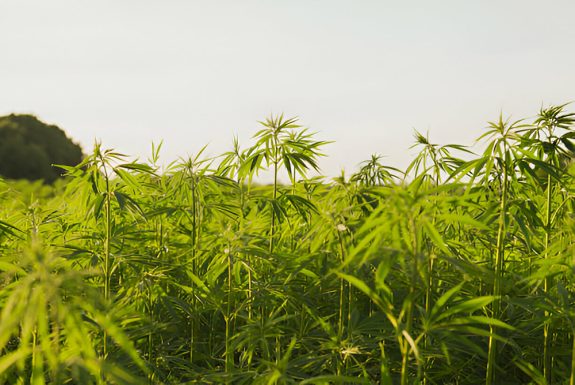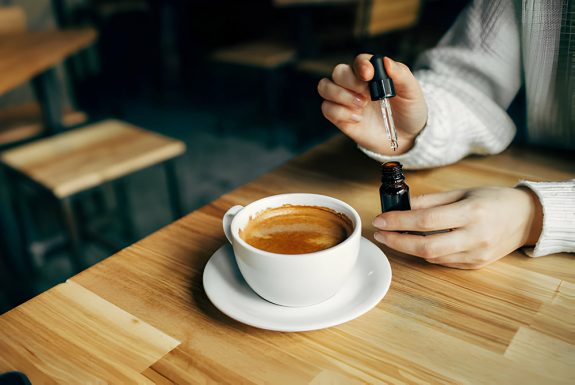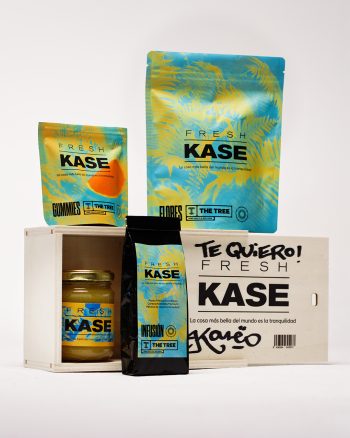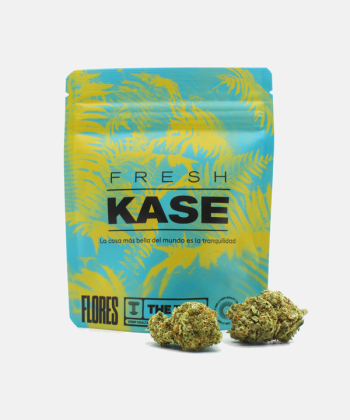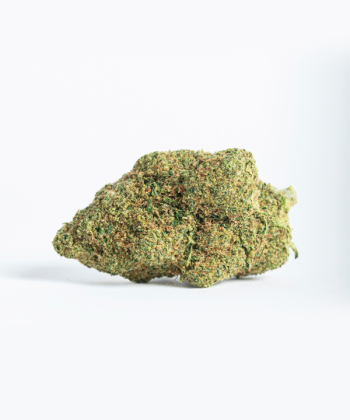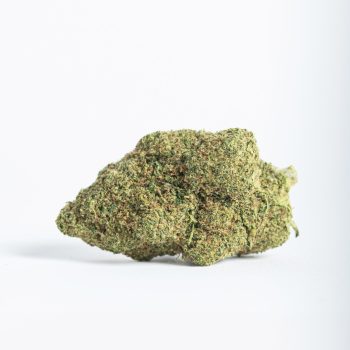Plant Growth Regulators (PGRs) are chemical compounds that, in minute quantities, can have significant effects on growth, flowering, fruiting and other vital plant functions.
Their discovery and application have opened up a world of possibilities, from increasing crop productivity to controlling plant size and shape for aesthetic and commercial purposes.
However, despite their many advantages and their common use in agriculture, in the field of cannabis cultivation they are considered harmful substances. In the following lines we will explore the use of these plant additives and examine the debates surrounding their use, including the benefits and possible risks associated with them.
Plant growth regulators: what are they really?
Substances that have the ability to modify physiological processes in plants, such as growth, fruit ripening or senescence, are considered to be a plant growth regulator.
These compounds are widely used in agriculture and gardening, both in crops intended for human consumption and for purely ornamental purposes. Their controlled use and application is not considered a health risk, as has been implied by some cannabis media and websites.
For some years now, images have been circulating on the internet comparing a very compact and good looking bud with a pitiful looking bud, supposedly to illustrate the difference between using PGRs and natural growing.
However, the use of PGRs, while beneficial, does not work magic and using these compounds will not automatically result in rock-hard buds. These substances, although they influence metabolic processes, are not nutrients, so without proper fertilisation they will not work.
The aim of the above-mentioned pictures is to alert cannabis users that very compact, resinous, pistil-filled, but not very fragrant buds are potentially dangerous to health. This is allegedly due to the fact that this kind of flowers are cultivated with plant growth regulators, which are unjustifiably labelled as carcinogenic.
Where does the rumour about the dangerousness of PGRs come from?
According to an article entitled ‘What Are PGR’s and Why Are They In My Weed?’ in the famous US magazine High Times, the two substances that most concern the cannabis community are paclobutrazol and daminozide¹.
Both were found in various brands of cannabis fertiliser without being indicated in their list of ingredients, which is why these fertilisers were no longer marketed in California, as in this state it is a legal requirement that the PGR content be indicated.
However, this does not mean that paclobutrazol and daminozide are illegal, but that it is mandatory to indicate their content on fertiliser labels. In fact, paclobutrazol is widely used in fruit growing.
Daminozide was also widely used for decades, until it was discontinued from large-scale production due to a media campaign against it. This substance, also known as Alar, figures in the American collective imagination as very harmful.
This is because it was almost banned by the EPA (Environmental Protection Agency) because it was branded as carcinogenic by multiple media outlets in a huge media campaign, known today as The Alar scare.
However, despite the criticisms and hoaxes that were launched to increase ratings, not a single death can be attributed to it and it is considered to be very weakly carcinogenic, because it would have to be consumed in huge quantities to cause cancer.
As for paclobutrazol, it has even been claimed that it adversely affects male fertility. However, this rumour is based on research studying spermatogenesis in a certain species of fish under the influence of this compound², which is why no link can be established with humans.
PGR and CBD cannabis cultivation
Contrary to what some unsuccessful growers would have us believe, compact and good-looking flowers are not exclusively due to the use of toxic substances.
Firstly, because PGRs, used responsibly, are not harmful, and secondly, because plant growth regulators do not determine the appearance of a bud.
The appearance of cannabis flowers depends on several factors, genetics being the most influential of them. Other influential aspects are fertilisation, the quality of the soil or substrate and the frequency of watering. A crop without good genetics and lacking the right nutrients or water will never produce a good end product, no matter how much PGR is used.
Finally, it is worth mentioning that not all plant growth promoters are of synthetic origin. Many organic fertilisers incorporate phytohormones (plant hormones) that promote the development and flower formation in a natural way.
The buds in our catalogue come from 100% organic and ecological crops. They give good results without the need for synthetic PGRs, which is why the appearance of many of them is unbeatable. This is not due to the use of chemical products, but to the fact that our suppliers work with the best genetics, taking the utmost care with fertilisation and irrigation.
Finally, we would like to remind you once again that CBD products, such as buds, are not intended for human consumption, as this would be an inappropriate use.
References
- Sirius, J. (2016). What Are PGR’s and Why Are They In My Weed? de High times
- Li, J., Sun, L., Zuo, Z., Chen, M., Geng, H., & Wang, C. (2012). Exposure to paclobutrazol disrupts spermatogenesis in male Sebastiscus marmoratus. Aquatic toxicology, 122, 120-124.

